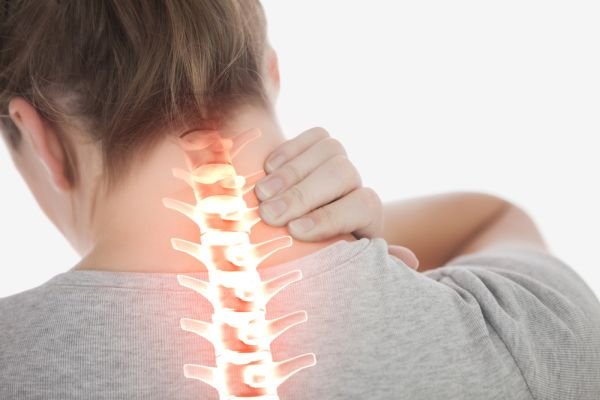Spinal manipulation
Chiropractors, physical therapists, and osteopathic physicians use spinal manipulation and pain management with a chiropractor. They also help promote healing. These methods can effectively improve the condition of people with low back and neck pain. However, there needs to be more research on the effectiveness of these methods.
A 2007 study found that spinal manipulation was relatively effective at treating acute low back pain. The results were comparable to those of painkillers. It was also reported to be relatively safe, as most studies involved licensed health professionals.
The effectiveness of spinal manipulation is based on its effects on peripheral and central sensory input. Studies have also shown that spinal manipulation may change how the body processes pain. For instance, it may activate the noradrenaline and serotonin pathways. It may cause relief in both acute and chronic pain conditions.
Instrument-assisted chiropractic techniques
If you want to relieve pain, consider undergoing an instrument-assisted chiropractic adjustment. The techniques used by chiropractors are designed to ease your muscle tension and reduce inflammation in your joints. It can also help you return to a pain-free lifestyle.
A typical chiropractic adjustment involves the use of a small hand-held instrument. This tool is spring-loaded and enables the chiropractor to target the appropriate areas of the spine. Using this instrument, the chiropractor will restore normal motion to the spine.
Instrument-assisted chiropractic adjustments are effective in reducing neck and back pain. These treatments are less painful than other procedures and are ideal for patients with severe pain.
IASTM is an advanced therapeutic technique. It uses a particular medical-grade stainless steel instrument to help reduce scar tissue and fibrosis. It is also an effective way to treat athletes and people who sit for long periods.
Myofascial release
Myofascial release is a chiropractic technique to relieve pain caused by stiffness in the body’s connective tissues. It helps increase the blood flow and circulation of soft tissues and improves the range of motion in muscles.
Muscles are surrounded by a tough, elastic membrane called fascia. Fascia helps support organs, bones, and other soft tissue structures. However, when muscles are injured, the fascia may tighten and restrict movement. The resulting tension can cause chronic muscle problems.
Myofascial release therapy is a massage method that involves stretching and elongating the fascia. Massage therapists use light pressure to extend the tight areas and encourage the body to release stress. This technique is often combined with other treatment methods, such as acupuncture and trigger point injections.
Spinal mobilization
Spinal mobilization is an effective and gentle chiropractic technique for pain management. It helps relieve pressure on joints, restores joint function, and improves mobility. Chiropractic care can also help treat a wide range of chronic medical conditions.
The treatment method involves chiropractors manipulating the spine, joints, and other body parts. They may use massage, heat or cold therapy, electric stimulation, or other methods.
This type of manipulation is generally safe when performed by a licensed professional. However, informing the chiropractor about your health history before the procedure is essential. You should share information about your medications, previous injuries, and other medical conditions.
Spinal mobilization is often used to treat neck and back pain. While spinal manipulation can provide short-term relief, it is usually only used as a complementary treatment.
Trigger point injection
Trigger point injection for pain management is a procedure that involves the application of a local anesthetic to a specific trigger point. It can help reduce the area’s pain and inflammation and loosen the muscle to make it more functional.
It is a treatment that can provide immediate relief from pain if the correct procedure is followed. The best time to receive an injection is when you are comfortable. Your doctor will palpate the area to ensure adequate muscle fiber tension.
Some doctors will use ultrasound guidance to locate the site of your trigger point. If you have an underlying condition, it may be necessary to perform a course of injections to ensure that you get lasting relief.

